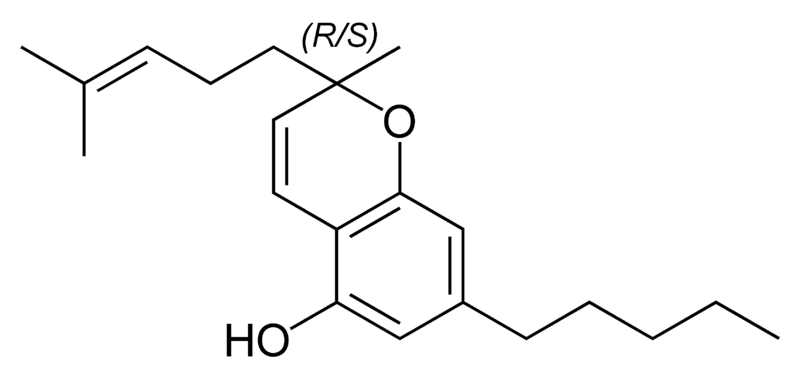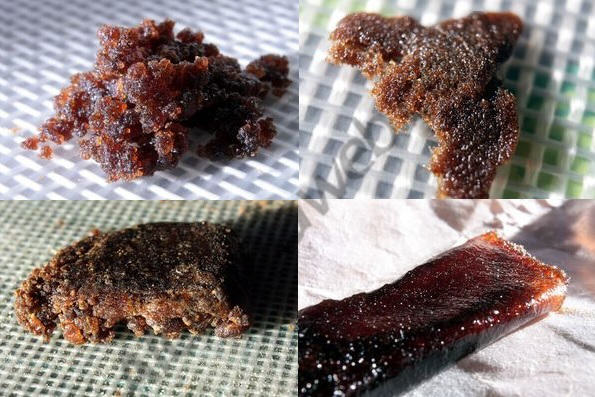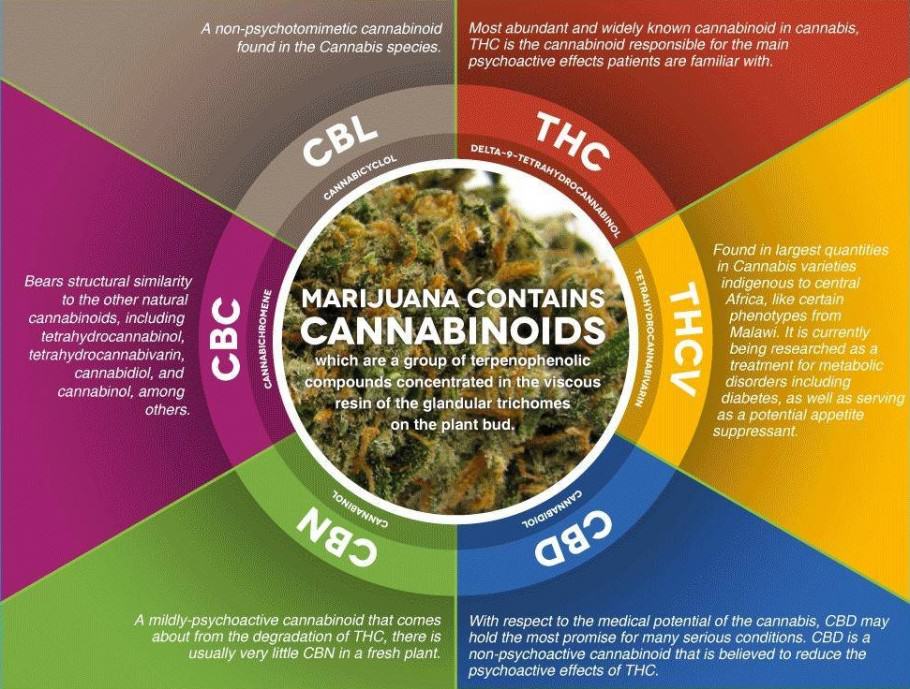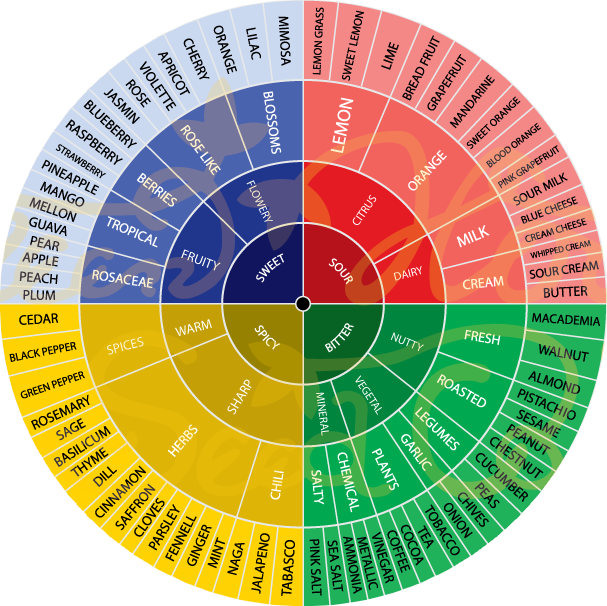Cannabichromene (CBC): a cannabinoid with therapeutic potential

What is CBC?
- Name: Cannabichromene
- Formula: C21H30O2
- IUPAC name: 2-methyl-2- (4-methylpent-3-enyl) -7-pentylchromen-5-ol
- Molecular weight: 314.469 g/mol
- Boiling point: 220 ° C
Although the amount of cannabichromene that's normally found in analysis of modern cannabis flower or resin samples is relatively small, indeed significantly lower than that of THC, or even CBD (in many cases), CBC is still classified as a major phytocannabinoid produced by the cannabis plant, sharing as it does structural similarities with some of the most important cannabinoids (THC, CBD, CBN or THCV) and in fact sharing a formula with the much better known THC and CBD.
Cannabichromene was discovered in 1966 by Gaoni and Mechoulam on one hand and almost simultaneously by Claussen on the other, although since then little research has been carried out on this cannabinoid, with THC and CBD being the protagonists of the majority of subsequent studies. However, as we will see below, today there is a growing body of evidence demonstrating the tremendous therapeutic potential of this cannabinoid, especially in combination with other compounds in what is often referred to as an ?ensemble? effect.



































































